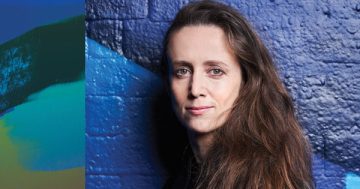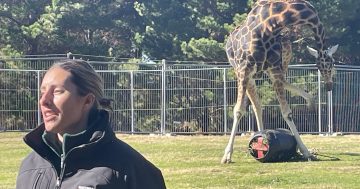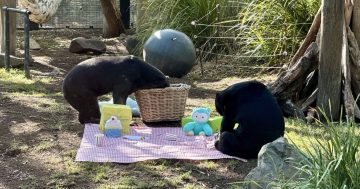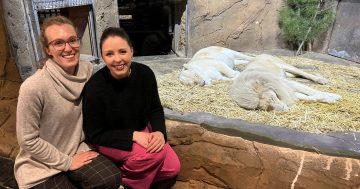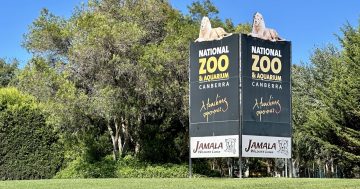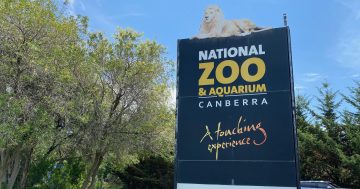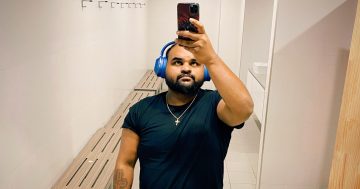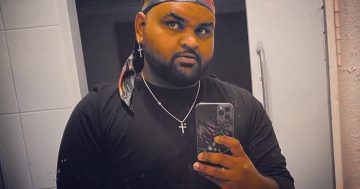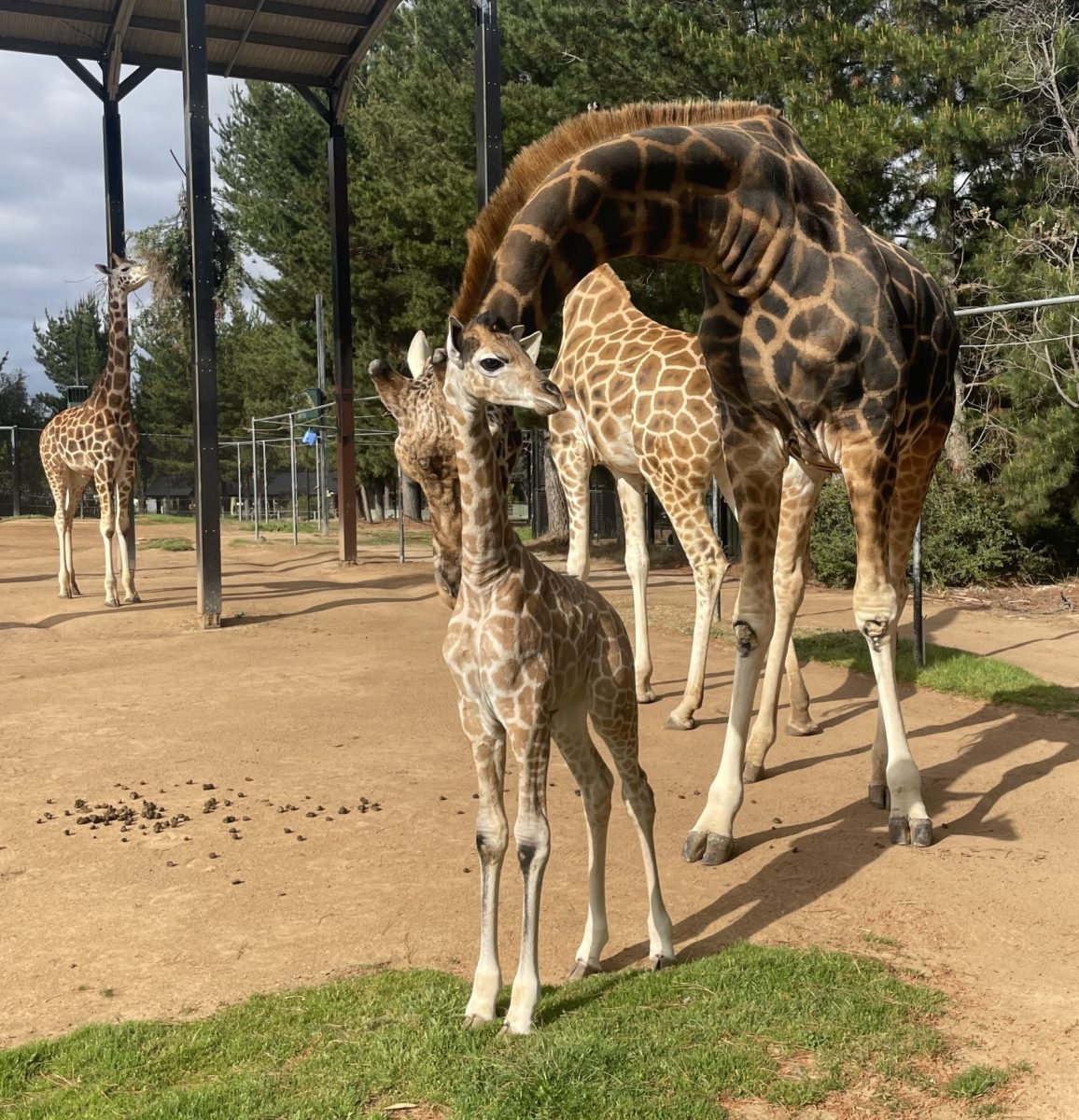
Mkali is a few weeks old and already turning heads at a Canberra zoo. Photo: National Zoo and Aquarium.
Humans certainly can’t walk when we are just a few weeks old, but one youngster is already showing off what she can do.
That’s because Mkali (the Swahili word for bright) is the newest giraffe calf born at the National Zoo in Canberra.
Senior Wildlife Keeper Sophie Dentrinos said that Mkali was already approximately 1.7 metres tall despite her young age.
“Mkali is reaching all her milestones,” she said.
“She’s become very strong on her legs, found her balance and her ability to do zoomy laps around the enclosure.”
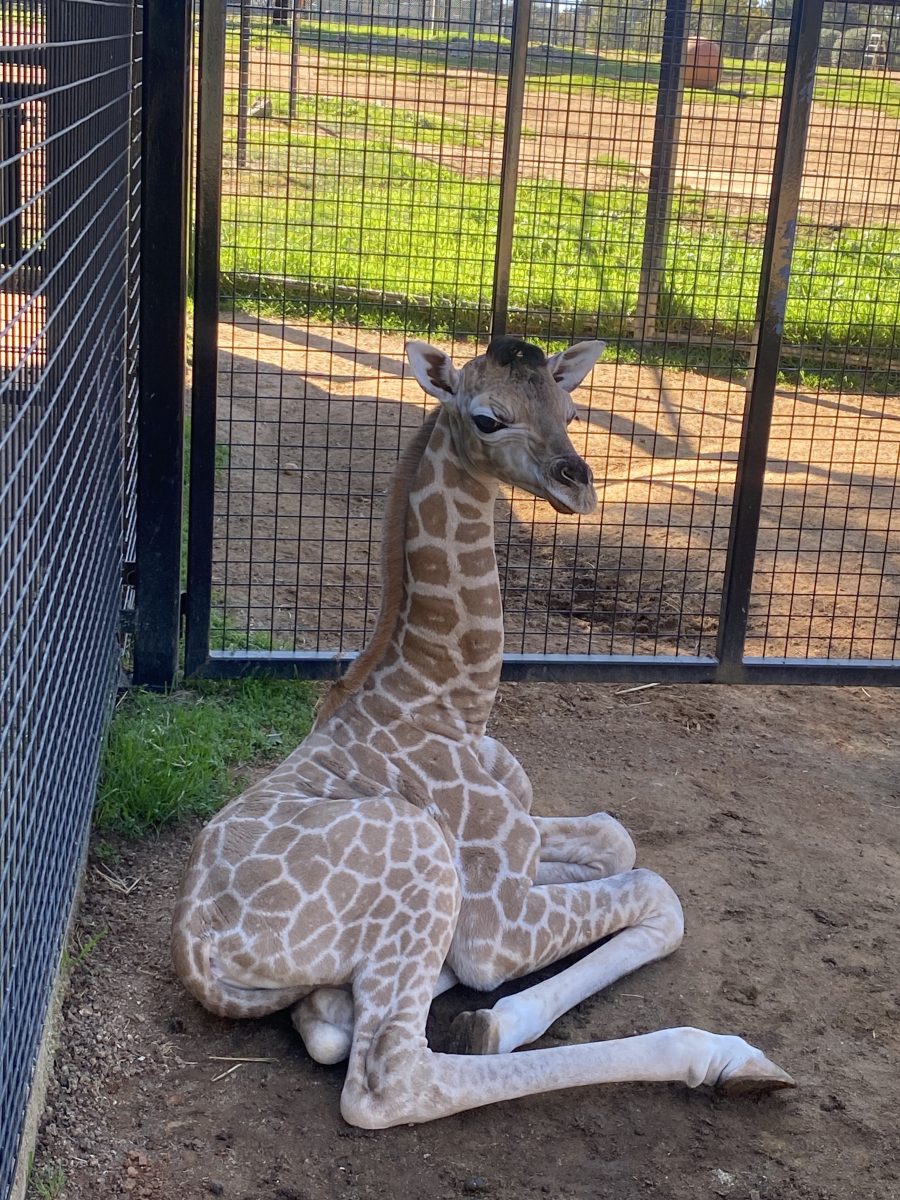
Mkali’s arrival was a surprise for zookeepers. Photo: National Zoo & Aquarium.
Mkali was born to mum Mzungu and dad Shaba, and is a younger sibling to Kebibi, Nzuri, Khamisi and Themba.
Ms Dentrinos said her birth was a shock for the zookeepers.
“Mkali was born overnight and we didn’t witness her birth,” she said.
“We had a very pleasant surprise when we got into work the following morning and found that she was in there with mum and her big brother.”
Despite the surprise labour, her arrival was a long time coming.
“Mkali was born after a 15-month pregnancy,” Ms Dentrinos said.
“The reason is they need to be born really developed and ready to go because, in the wild, they are very easy for predators to predate on when they’re so small and vulnerable.”
Ms Dentrinos said that Mkali was born a good size.
“When they’re this small, it is pretty special because giraffes grow very quickly.
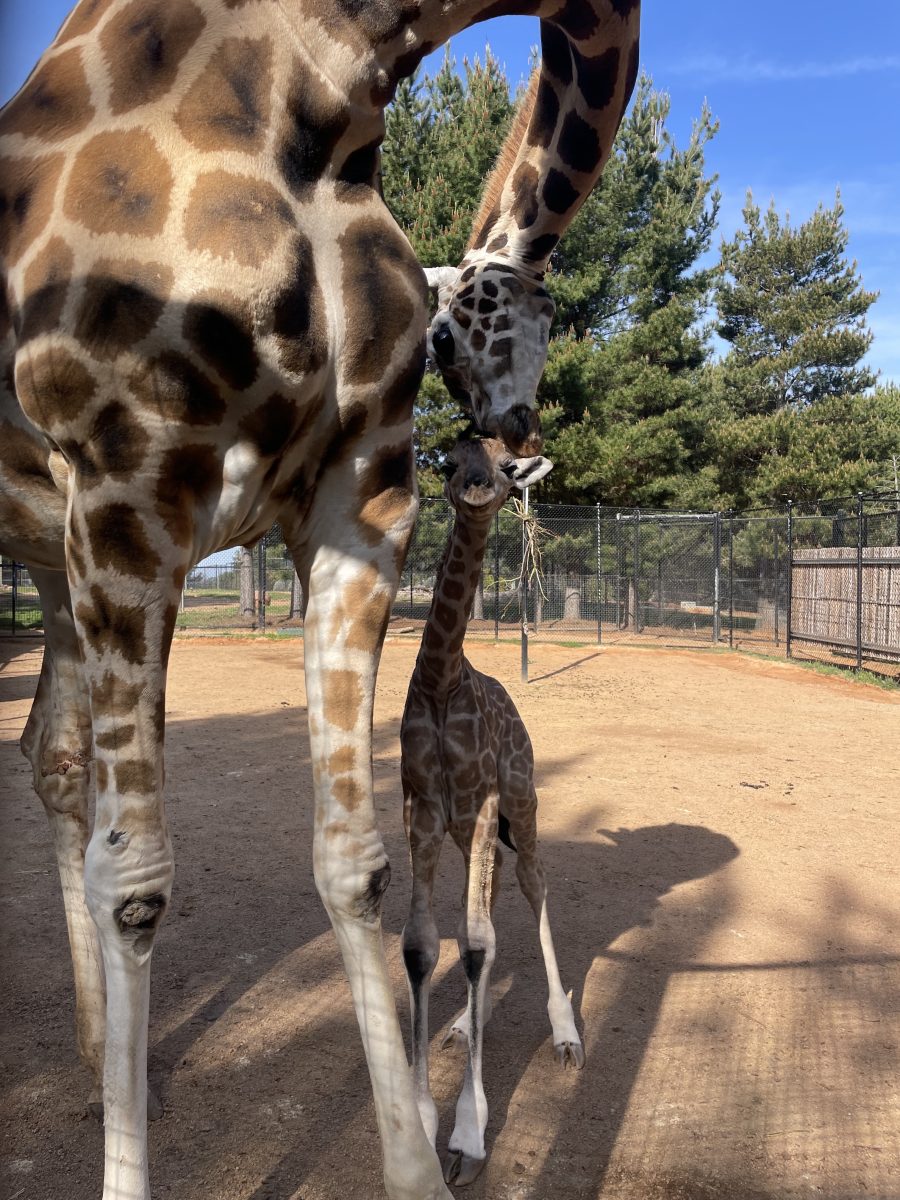
Mkali’s already a star at the zoo (and quite the poser). Photo: National Zoo & Aquarium.
Her older brother Themba is 17 months old, Ms Dentrinos said.
“He was a little perplexed by what had happened, a little bit traumatised that this new little thing had appeared,” she said.
“But within 24 hours, he was being the perfect big brother and showing her around.”
“She’s finding her feet and exploring her yard with her new big yard with her big brother,” she says.
Far from being just another attraction the public can visit, Mkali’s birth is part of a bigger cause.
“She really signifies the importance of conservation work – both in the wild and what zoos are doing to assist with that,” Ms Dentrinos said.
“Part of our role is to breed these animals to have that healthy genetic diversity among the population, but also to talk about biodiversity.”
The giraffe breeding program at the National Zoo & Aquarium is part of the Zoo and Aquarium Association’s Species Management Program.
Ms Dentrinos said their breeding herd has five calves between the members, with the zookeepers also looking after a non-breeding group.
In the coming years, Mkali could move to another zoo to have calves of her own or remain in Canberra.
“But for now, Canberrans can come in and enjoy her being young and playful and curious,” Ms Dentrinos said.
“She is out on display most days – she does need regular naps, so we sometimes have to bring her inside for her to do that.
“But for the most part, people should be able to see her between 10 am and 2 pm.”
Ms Dentrinos said it was important people think about how they can help animals survive.
“[Giraffes] are suffering from what is called a silent extinction at the moment,” she said.
“There’s a decline in numbers across Africa, and we call it a silent extinction because, for a long time because people didn’t realise giraffes were in trouble.
“The ones here are ambassadors for their African cousins.”
The National Zoo & Aquarium is open every day, except Christmas Day, from 9:30 am until 5 pm.











